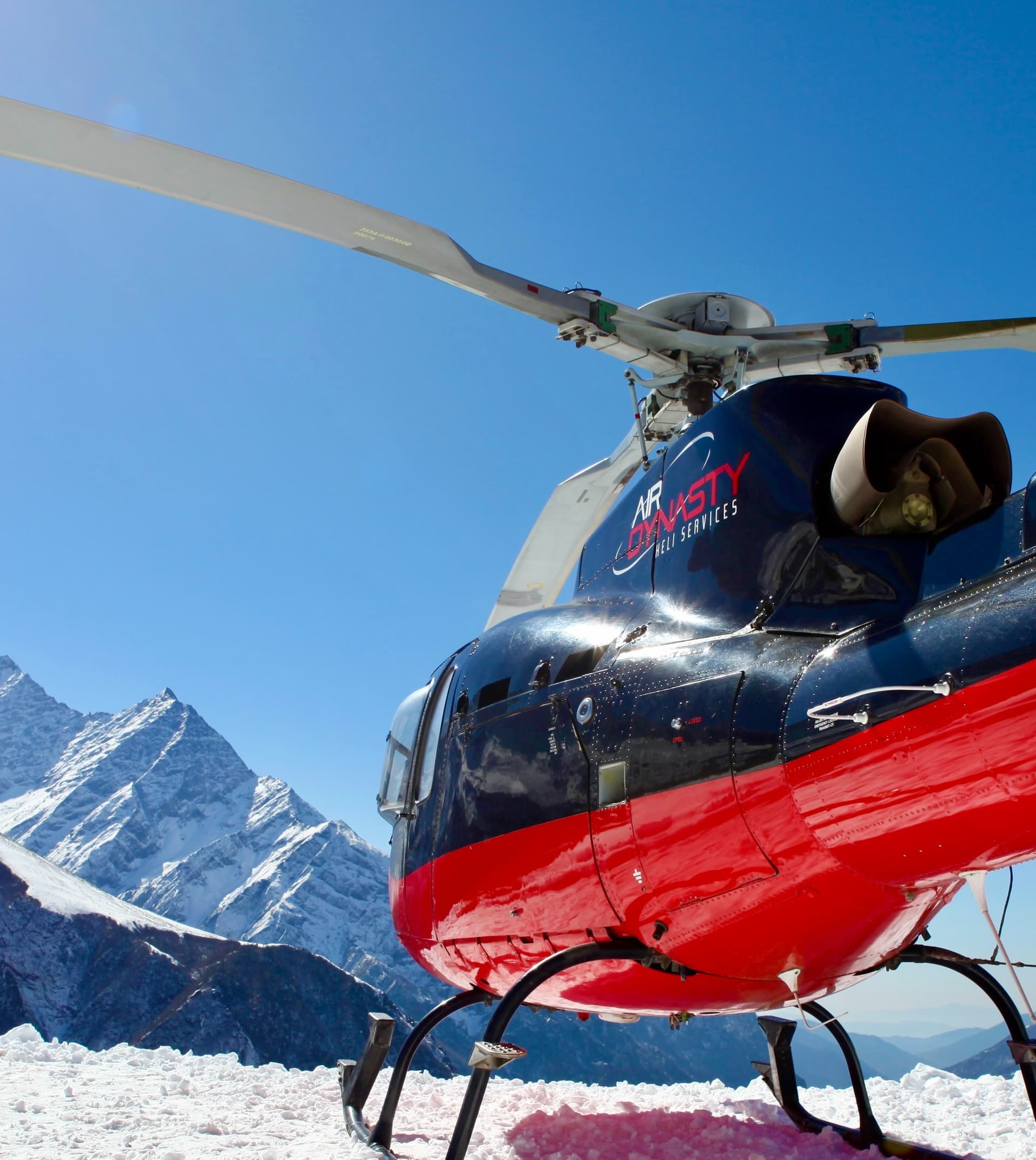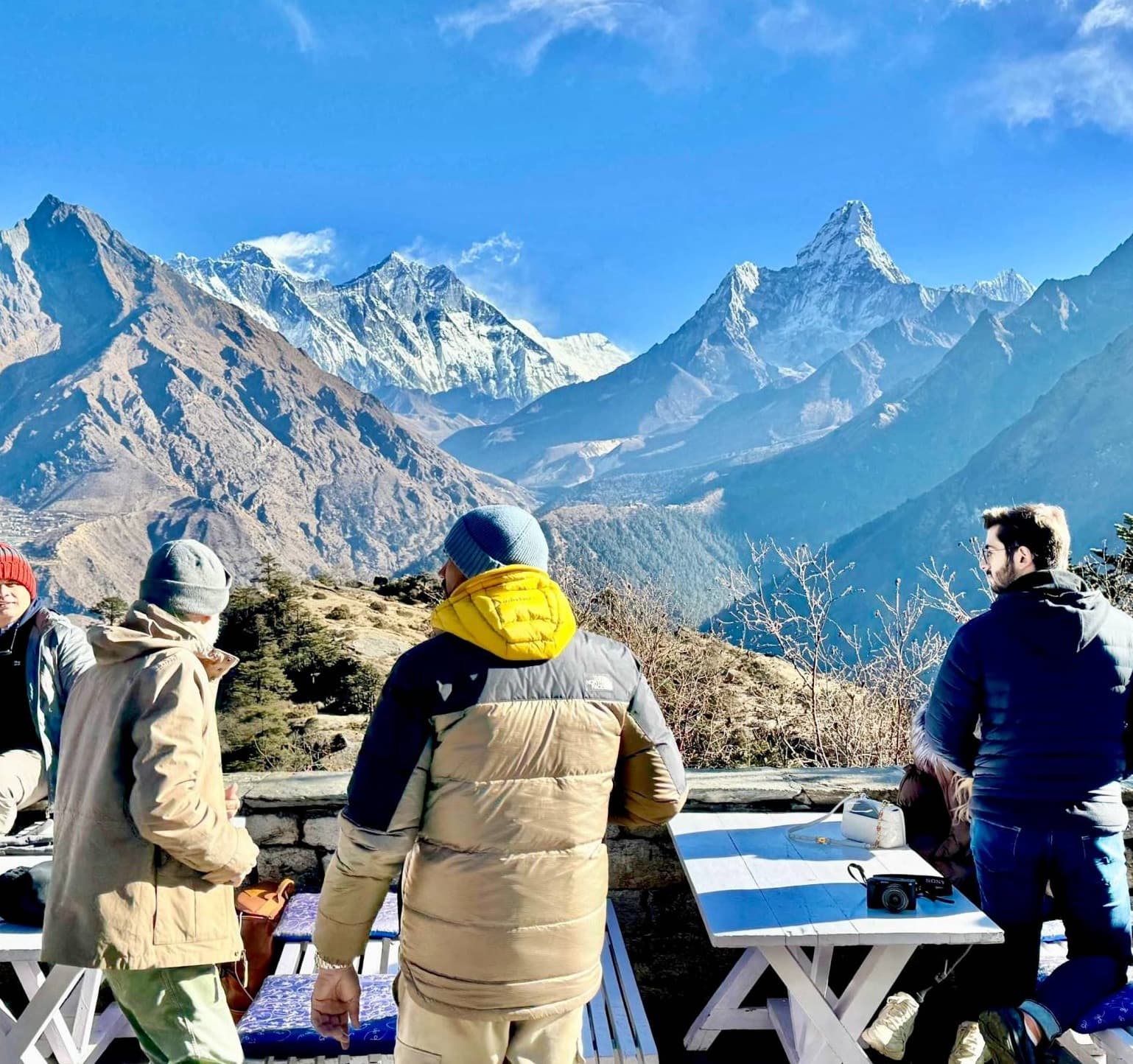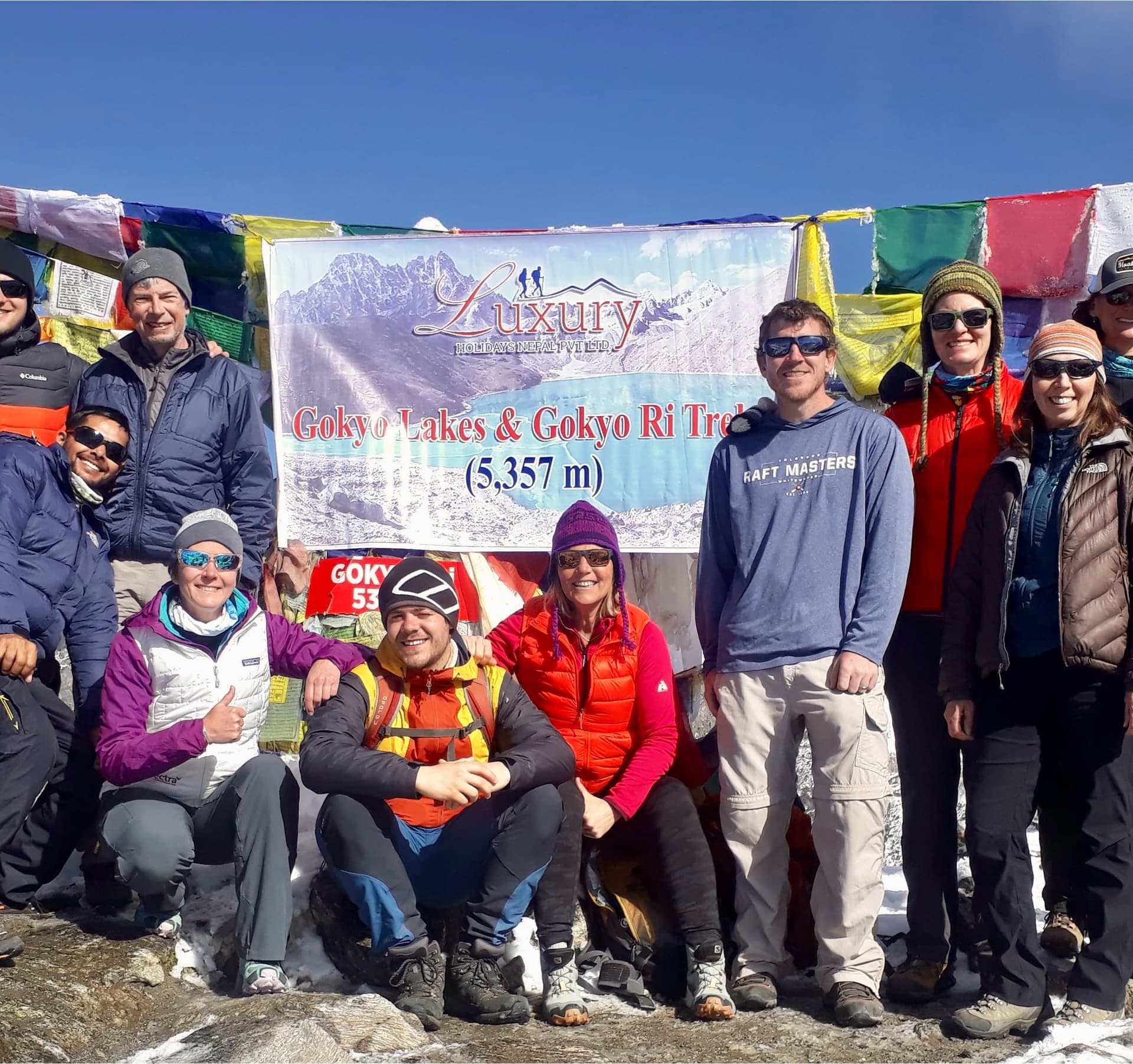Lobuche, located at an altitude of 4,940 meters (16,210 feet), is a small yet significant settlement in the Khumbu region of Nepal. It is one of the last overnight stops for trekkers heading to Everest Base Camp and Kala Patthar. Nestled beneath the towering Lobuche East and West peaks, the village offers dramatic views of snow-capped mountains, rugged terrain, and the Khumbu Glacier. Lobuche’s proximity to the glacier and surrounding peaks creates an otherworldly atmosphere, making it a memorable highlight for trekkers. Despite its remote location, the village has a variety of teahouses and lodges where travelers can rest and refuel before ascending further into the high Himalayas.
Lobuche also serves as an important acclimatization point for trekkers and climbers. Visitors often take short hikes to nearby ridges or viewpoints, offering stunning vistas of peaks like Nuptse, Pumori, and the Khumbu Icefall. For mountaineers, Lobuche is a gateway to Lobuche Peak Climbing, a popular trekking peak in Nepal. The village provides a unique blend of stark natural beauty and practical facilities, allowing trekkers to experience the harsh yet awe-inspiring environment of the high Himalayas while preparing for the final leg of their Everest journey.
Major Highlights
- Gateway to Everest Base Camp: Lobuche is a critical stop for trekkers on their way to Everest Base Camp. It provides an excellent resting point for acclimatization before the final push to Gorak Shep and Everest Base Camp.
- Views of the Himalayas: From Lobuche, trekkers are treated to spectacular views of Mount Everest, Nuptse, Lhotse, and Pumori. The nearby Khumbu Glacier also offers striking views of icefalls and glacial landscapes.
- Lobuche Peak: Lobuche Peak is one of the most sought-after trekking peaks in the Everest region. Although climbing this peak requires technical mountaineering skills and equipment, it provides an excellent challenge for experienced climbers seeking adventure in the region.
- Khumbu Glacier: Lobuche is situated near the Khumbu Glacier, one of the largest glaciers in the Everest region. The glacier’s ice formations and icefalls create a striking and dramatic landscape that is a highlight of the trek to Everest Base Camp.
- Acclimatization Stop: Lobuche serves as an ideal place for trekkers to acclimatize to the high altitude before proceeding to Gorak Shep and Everest Base Camp. Taking a day to rest here and explore the surroundings helps reduce the risk of altitude sickness.
Accommodation & Food
Lobuche has several teahouses and guesthouses that cater to trekkers passing through the village. The accommodations are simple, with shared rooms offering basic bedding, mattresses, and blankets. The bathrooms are typically shared, and hot showers are available for an additional fee.
The food options in Lobuche consist mainly of Nepali and Tibetan dishes, including dal bhat (lentil soup with rice), momos (dumplings), thukpa (noodle soup), and chowmein. Some guesthouses also serve pasta, sandwiches, and pizzas for trekkers craving Western food. Yak butter tea and ginger tea are commonly served to help keep trekkers warm in the cold temperatures. While the food is simple, it provides the necessary nutrition and energy for trekkers preparing for the higher altitudes.
Route to Lobuche
Lobuche is typically reached from Dingboche, which is about 5-6 hours away on foot. The trek from Dingboche to Lobuche covers approximately 6 kilometers and involves a gradual ascent through alpine terrain, with stunning views of surrounding peaks and glaciers. The trail passes through Dughla, where trekkers can stop for a break and observe the memorial stones dedicated to climbers who lost their lives on Everest.
After reaching Lobuche, trekkers typically rest and acclimatize before continuing to Gorak Shep, the last village before Everest Base Camp. From Lobuche, the trek to Gorak Shep takes around 3-4 hours, and the final leg to Everest Base Camp usually takes 7-8 hours.
Best Time to Visit
The best times to visit Lobuche are during the spring (March to May) and autumn (September to November) months. These seasons offer clear skies, mild temperatures, and ideal trekking conditions, with optimal views of the surrounding Himalayan peaks.
- Spring (March to May): Clear skies, moderate temperatures, and blooming rhododendrons make this an ideal time for trekking.
- Autumn (September to November): The weather is stable, with clear skies and crisp air, making it perfect for trekking and photography.
- Winter (December to February): The temperatures can drop below freezing, especially at night, and snow may make trekking difficult. However, the region is less crowded, providing a peaceful trekking experience.
- Monsoon (June to August): Heavy rainfall during the monsoon season can make trekking challenging due to slippery trails and increased risk of landslides. It’s best to avoid visiting during these months.
Permits Required
To trek in Sagarmatha National Park (where Lobuche is located), trekkers need the following permits:
- Sagarmatha National Park Permit: Required for all trekkers entering the park, costing approximately NPR 3,000 (about USD 26).
- TIMS (Trekkers’ Information Management System) Card: Required for all trekkers to help track trekking activities for safety purposes.
These permits can be arranged in Kathmandu or Lukla before starting the trek.
Tips for Visiting Lobuche
- Acclimatization: Lobuche is an important stop for acclimatization before trekking to Gorak Shep and Everest Base Camp. Take time to rest and adjust to the altitude to reduce the risk of altitude sickness.
- Warm Clothing: The weather in Lobuche can be cold, especially during the evenings and mornings. Bring warm layers, windproof jackets, and sleeping bags suitable for cold temperatures.
- Sun Protection: The higher you go, the stronger the sun’s rays. Sunscreen, sunglasses, and a hat are essential to protect against UV radiation.
- Hydration: Be sure to drink plenty of water to stay hydrated, as the dry air at high altitudes can cause dehydration.
- Packing Essentials: Make sure to pack sturdy trekking boots, sun protection, a camera, water bottles, and snacks for the trek.
- Cash: Carry enough cash, as ATM facilities are limited in Lobuche and higher-altitude villages.
Why Visit Lobuche with Luxury Holidays Nepal?
- Expert Guides: Luxury Holidays Nepal provides experienced guides who are knowledgeable about the Everest region, its culture, and geography, enhancing your trekking experience.
- Seamless Logistics: From accommodation to permits, transportation, and meals, Luxury Holidays Nepal ensures that all logistics are taken care of for a hassle-free journey.
- Comfortable Accommodation: Stay in well-selected teahouses and lodges in Lobuche, offering warmth, comfort, and stunning views of the surrounding mountains.
- Customizable Itineraries: Whether you’re trekking to Everest Base Camp or just passing through Lobuche, Luxury Holidays Nepal can tailor your itinerary to fit your trekking pace and goals.
- Cultural Immersion: Luxury Holidays Nepal offers the opportunity to engage with the Sherpa community in Lobuche, providing cultural experiences and insights into the local way of life.







